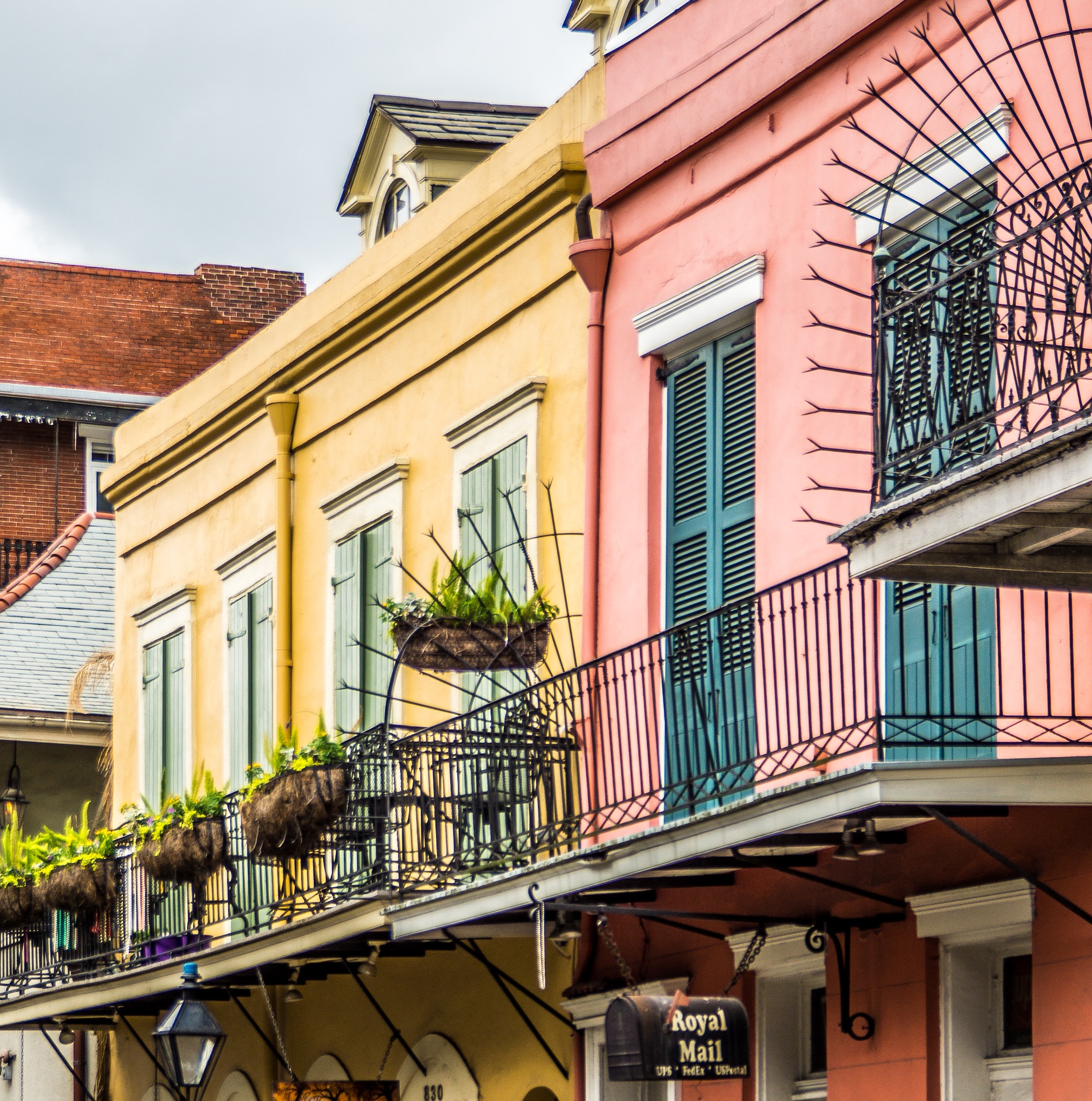Plan for Transformation of Lower Manhattan Streetscapes Unveiled
The Financial District Neighborhood Association (FDNA) released “Make Way for Lower Manhattan,” a multi-year report to provide a vision to transform the historic neighborhood and create safer and cleaner streets. Several factors contribute to Lower Manhattan’s crowded sidewalks and streets, the report says. “The old, Colonial streets and sidewalks of Manhattan’s Financial District have become far too crowded with different obstacles, largely due to the ongoing conversion of skyscrapers to residential use and new construction of large residential buildings, coupled with the dramatic growth of downtown tourism,” the report says.
Piles of garbage covering sidewalks create health hazards and push pedestrians into already crowded streets. Construction scaffolding and street vendors block sidewalks. The situation causes dangerous conditions. Congestion slows emergency vehicles, and pedestrians and cyclists fight with cars for space on streets and sidewalks. Recently, there has been a spate of fatalities and accidents in the area.
The pilot program recommended in the report includes improved walking corridors, targeted sanitation interventions, slow street zones, and pedestrian-safe plazas.
Codes Organizations to Develop New Guidelines on Shipping Containers as Building Components
The International Code Council and the Modular Building Institute struck a deal to collaborate on new guidelines for using shipping containers as buildings or as building components. The two organizations will work to establish an industry-wide standard as none currently exists. State codes vary on the use of shipping containers for buildings. For example, some require new containers; others allow construction with used containers.
Two standards are under consideration: one for the planning, design, fabrication, and assembly of off-site construction; and one for inspection and regulatory compliance. The Code Council is also proposing a guideline for transporting modular components to construction sites.
Prefabricated components can make inspections challenging. For instance, interstitial spaces of a building that normally would be visible prior to finishing for occupancy may be concealed in prefab applications.
New York City to Use Modular Construction for New Affordable Housing Project
New York City is funding a modular affordable housing project in Brooklyn. It will be one of the first such projects in New York State to use this construction method, which will stack factory-produced apartment units to lower construction costs and increase efficiency. The city estimates that the modular technique will reduce construction time 25% to 30%.
The development will include studios, one-, two-, three-, and four-bedroom units. Construction is expected to begin in 2021 and end in mid-2022. The developer will also construct a ground-level plaza for a farmer’s market and a green rooftop deck.
Utility Will Offer Free Rooftop Solar Panels in New Orleans in Pilot Program
The utility Entergy will install rooftop solar panels on 100 New Orleans homes as part of a free pilot program. The panels will be paid for and maintained by Entergy. They will be installed on the homes of low- to moderate-income residents who qualify.
Participating residents will receive a guaranteed $30 credit on their monthly bills as a result. In a related development, the New Orleans City Council approved a community solar program that would allow renters or others who can’t install solar panels on their roofs to subscribe to a certain amount of solar electricity and receive bill credits each month in exchange. These programs address the challenge of how to roll out solar energy to those of modest means.
Passive Fire Protection Could Eliminate Sprinkler Requirement in Some Residential Projects
Builders may be able to cut costs for sprinklers by using fiberglass and mineral wool insulation. These materials can be effective, affordable passive fire protection solutions in concealed spaces and ceiling cavities in low-rise buildings and single-family and two-family dwellings.
NAIMA has released a new publication detailing the new provisions of the 2019 National Fire Protection Association (NFPA) Standard 13 on when sprinklers may be omitted. The median cost of a residential sprinkler system is $5,000, but the cost can reach $21,000, according to the Fire Protection Research Foundation.













